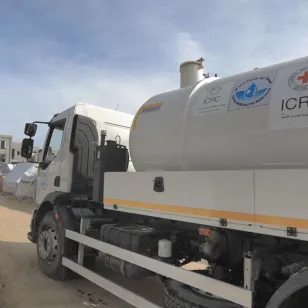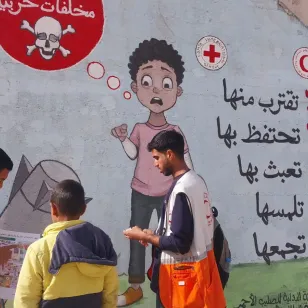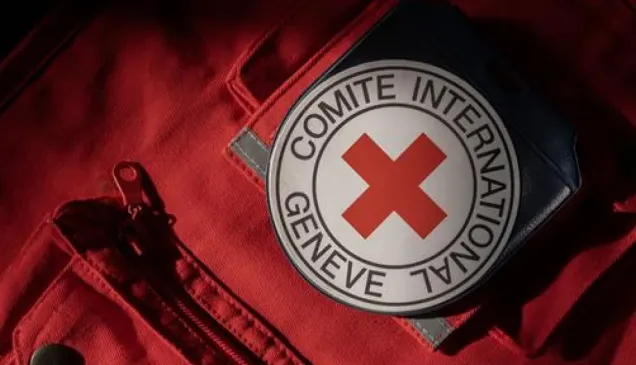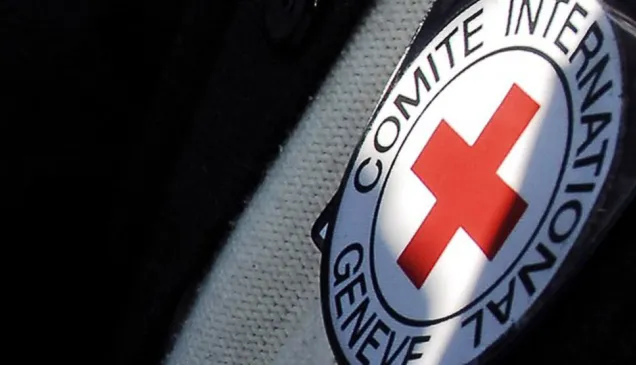Gaza: The long road home
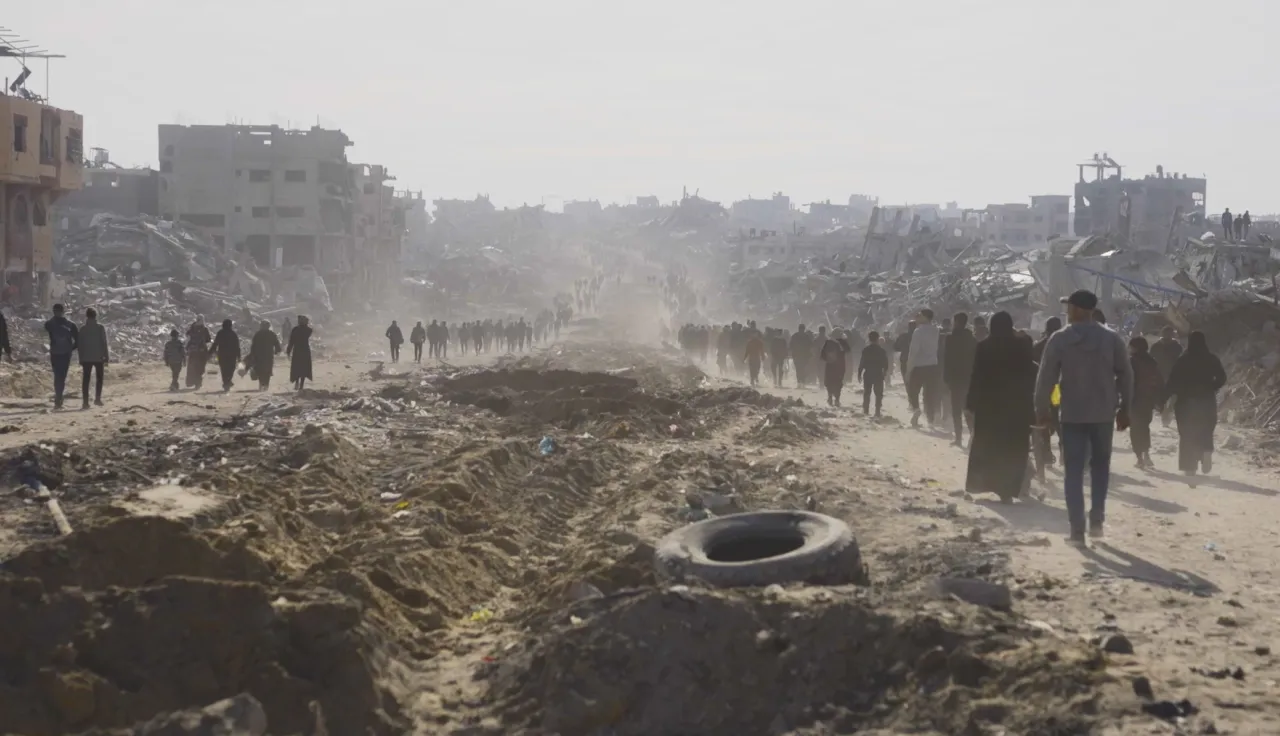
Many are now seeing for themselves the significant parts of the Gaza Strip that have been left in ruins: gaping holes, destroyed homes and piles of rubble that have made neighborhoods unrecognizable.
Many returned north, where essential services are barely functioning. There is very little fuel, and no way to pump water to houses. People are forced to walk for hours through destroyed streets to find drinking water – that which may not be completely safe.
Even locating your neighborhood can be difficult. Landmarks are gone, and any sense of direction is easily lost.
People had heard about the destruction but seeing it with their own eyes is striking – and devastating.
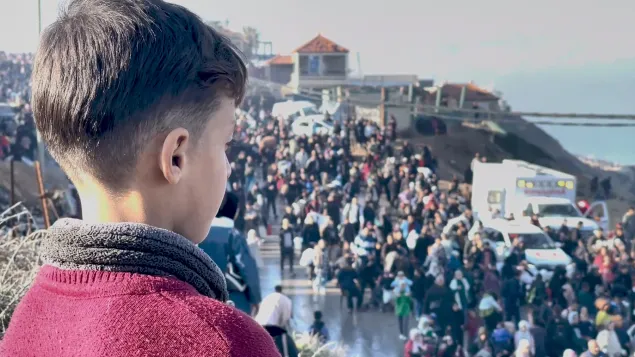
As more and more people have left to the north, areas in the south have become less crowded, but the situation remains dire. Lack of infrastructure and solid waste buildup, combined with the influx of people for so many months has created the risk of flooding after only minutes of rain.
Winter also means a drop in temperature and heavy winds across Gaza. Many of those who have been displaced to tents in the south have been living under the same sheets or pieces of plastic for months and are seeing a drastic deterioration in their makeshift shelters. These cannot provide even basic protection after so long, and in such strong weather. When the wind pushes rain sideways from the sea, everything inside these shelters becomes damp, with little chance to dry out.

For those walking long distances to get back to the north, it is not always possible to take even the tarpaulin or plastic they used against the elements, because they need to prioritize carrying children or elderly relatives. People seek out shelter among the collapsing buildings where the risk of unexploded ordnance, although an ever-present threat, is deprioritized for more immediate needs like shelter from the elements, food and water.
Returning home anywhere in Gaza is not easy, even though many have been joyful to leave behind the situations they were forced into for over a year. Some, who had not imagined the devastation they would find in the north, decided to retrace their steps and return again to the south. On the journey, many collapsed from exhaustion and tragically, some did not survive.
Those who do make it home tell us that the emotions they experience are overwhelming. A mix of hope, shock and devastation. They’ve lived through 15 months of conflict, endured the heartbreak of being uprooted time and time again, forced to leave behind their homes, communities, and a sense of belonging.
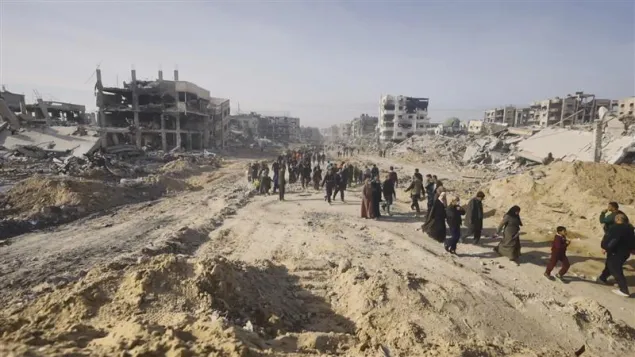
Having faced immense struggles just to meet their most basic needs for more than a year, they now return to homes without rooves, without their things, and with limited access to food, water, and health care. The cold at this time of year makes life even harder. Without proper shelter or fuel, just staying warm is a challenge, and one many constantly battle with.
The ICRC is continuing to deliver life-saving and essential assistance to help meet the needs and curb the suffering of the people of Gaza following this prolonged conflict, with a focus on those who have been made most vulnerable by the hostilities.
After 15 months, the road home – and to recovery – remains a long one.
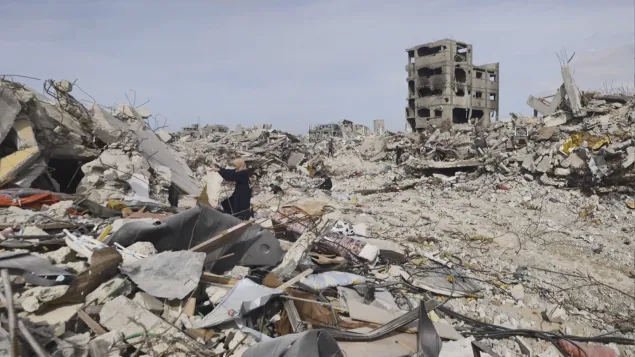
The ICRC in Gaza
Protecting people on the move: Our key actions
- Raising awareness about unexploded weapons: We are helping people stay safe by informing them about the risks of unexploded weapons. This includes murals along key routes, educational videos, and trained teams from the Palestine Red Crescent Society (PRCS) providing safety advice as people move. We also support emergency responders by providing training on newly used weapons, as well as protective equipment and handheld tools.
- Supporting vulnerable individuals: We are assisting up to 2,200 people with mobility challenges, including those with disabilities and chronic illnesses. This ongoing financial aid helps them access transport, such as renting a car or donkey, and ensures they can reach medical care during this critical period.
- Emergency medical services: PRCS has set up a service point along the route to provide urgent medical assistance.
- Access to clean water: Newly arrived water trucks are supplying water along key movement routes to prevent dehydration and improve hygiene.
- Preventing family separation: PRCS teams are present along the route to help families stay together, while additional support teams assist in reuniting those who may become separated.
These efforts aim to reduce risks, provide essential aid, and support people on the move in enormously challenging conditions.


